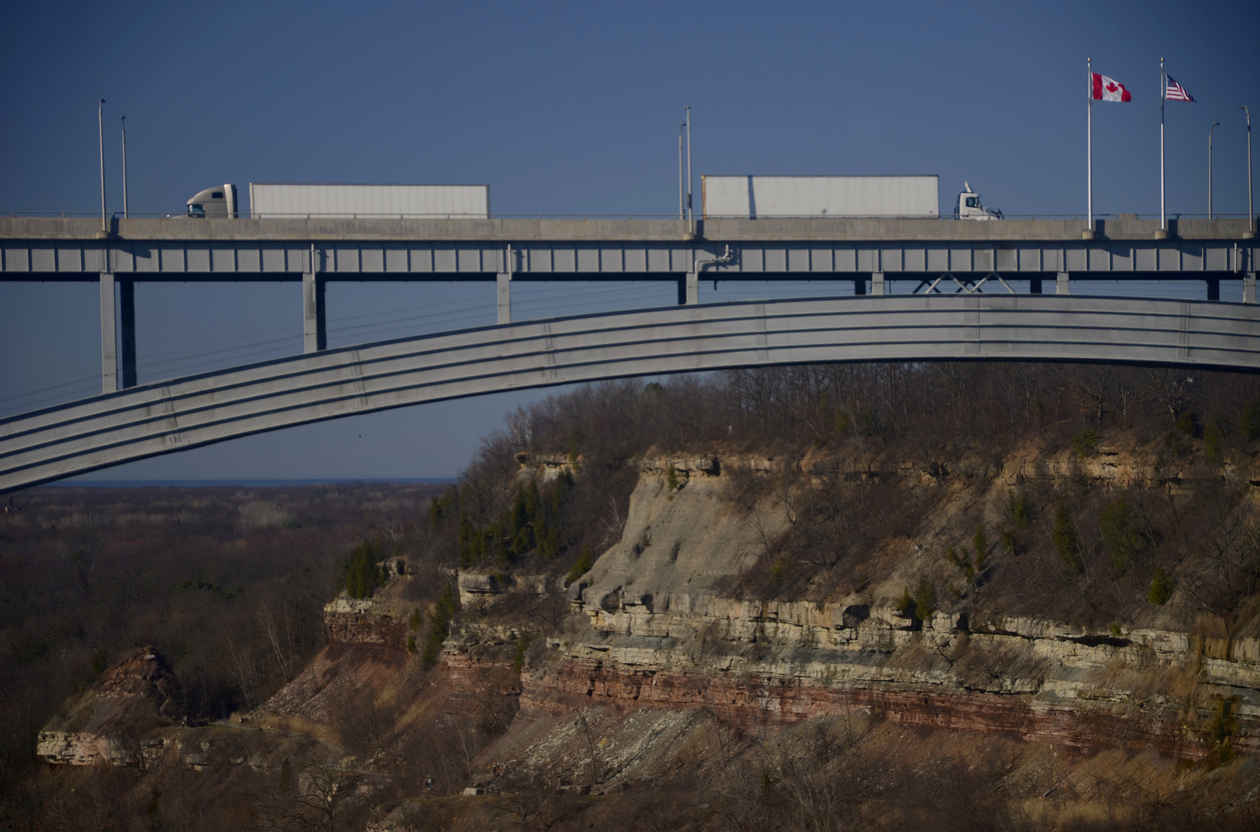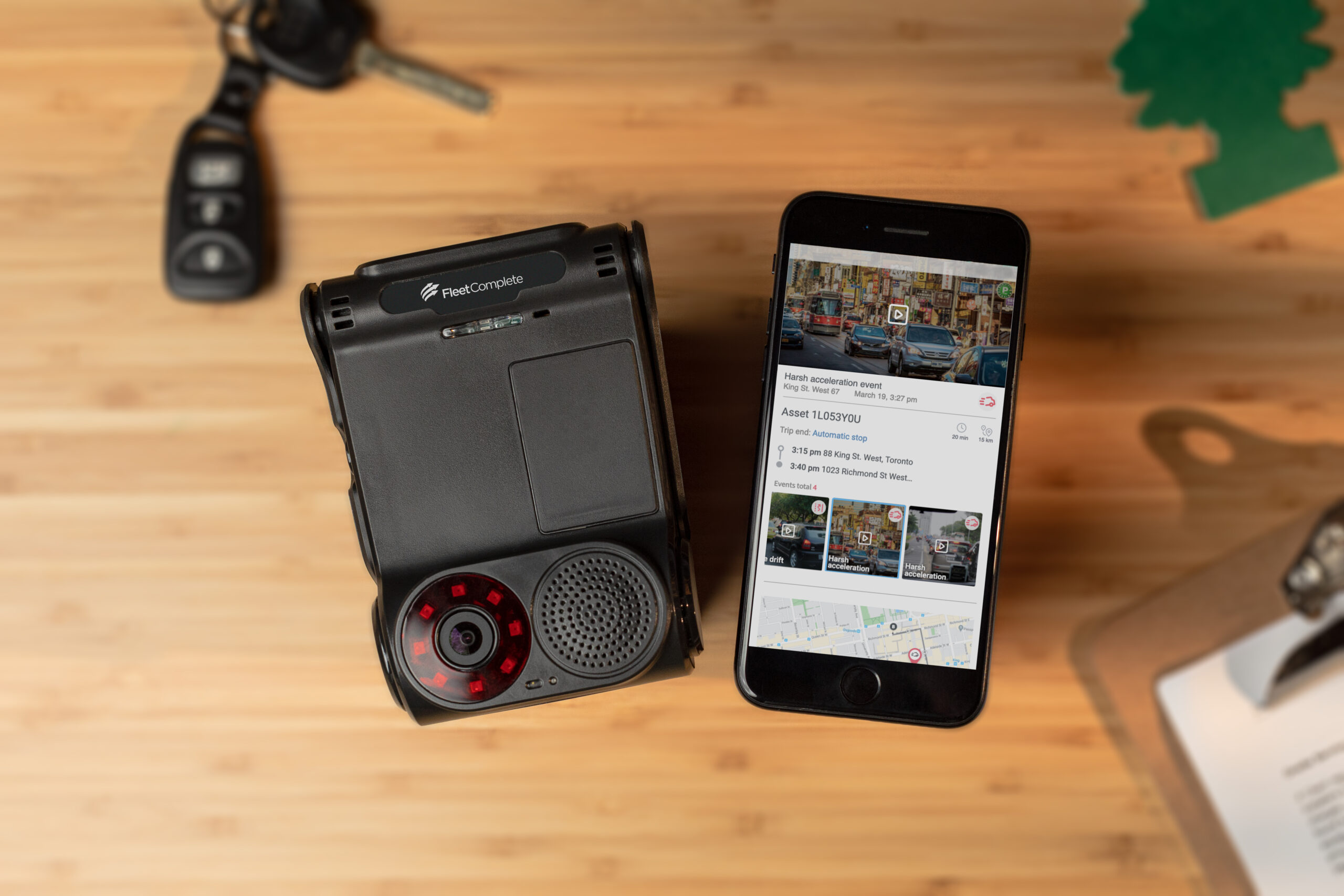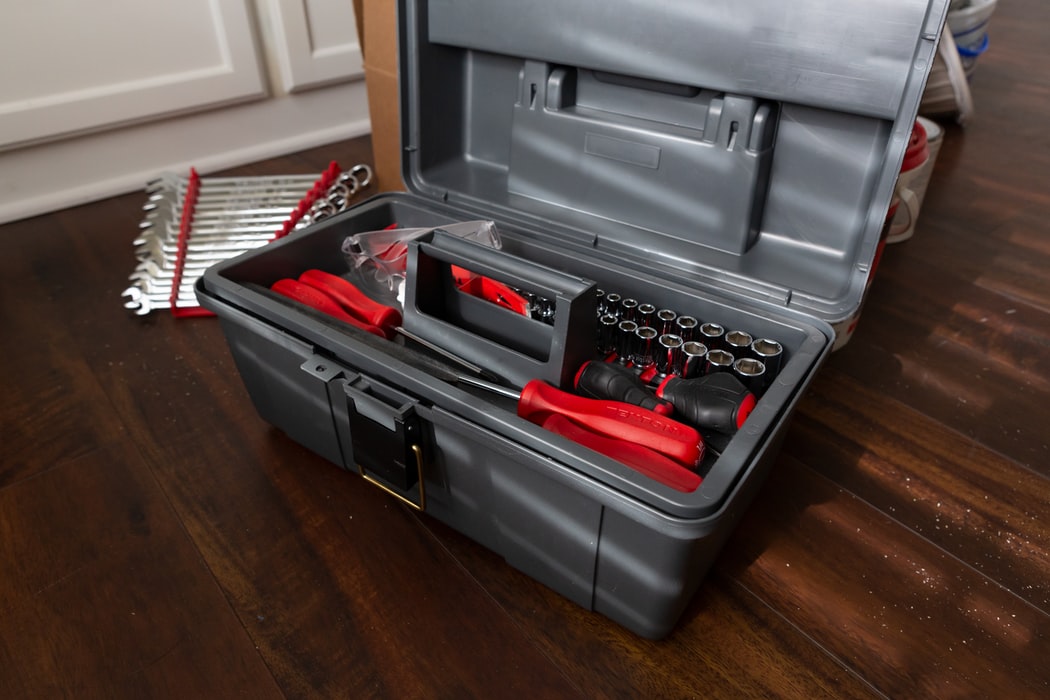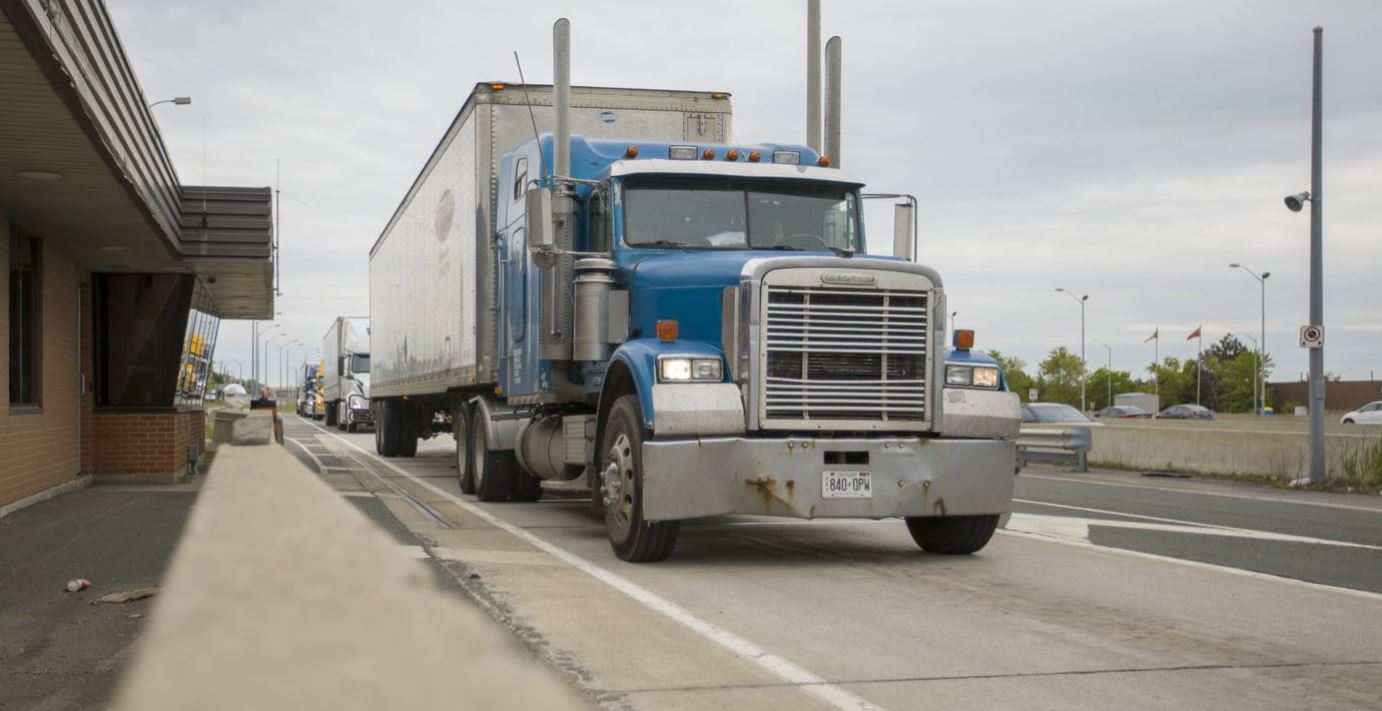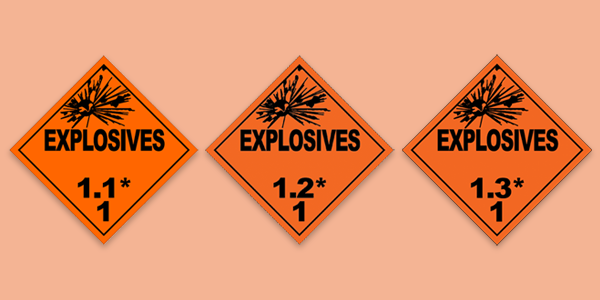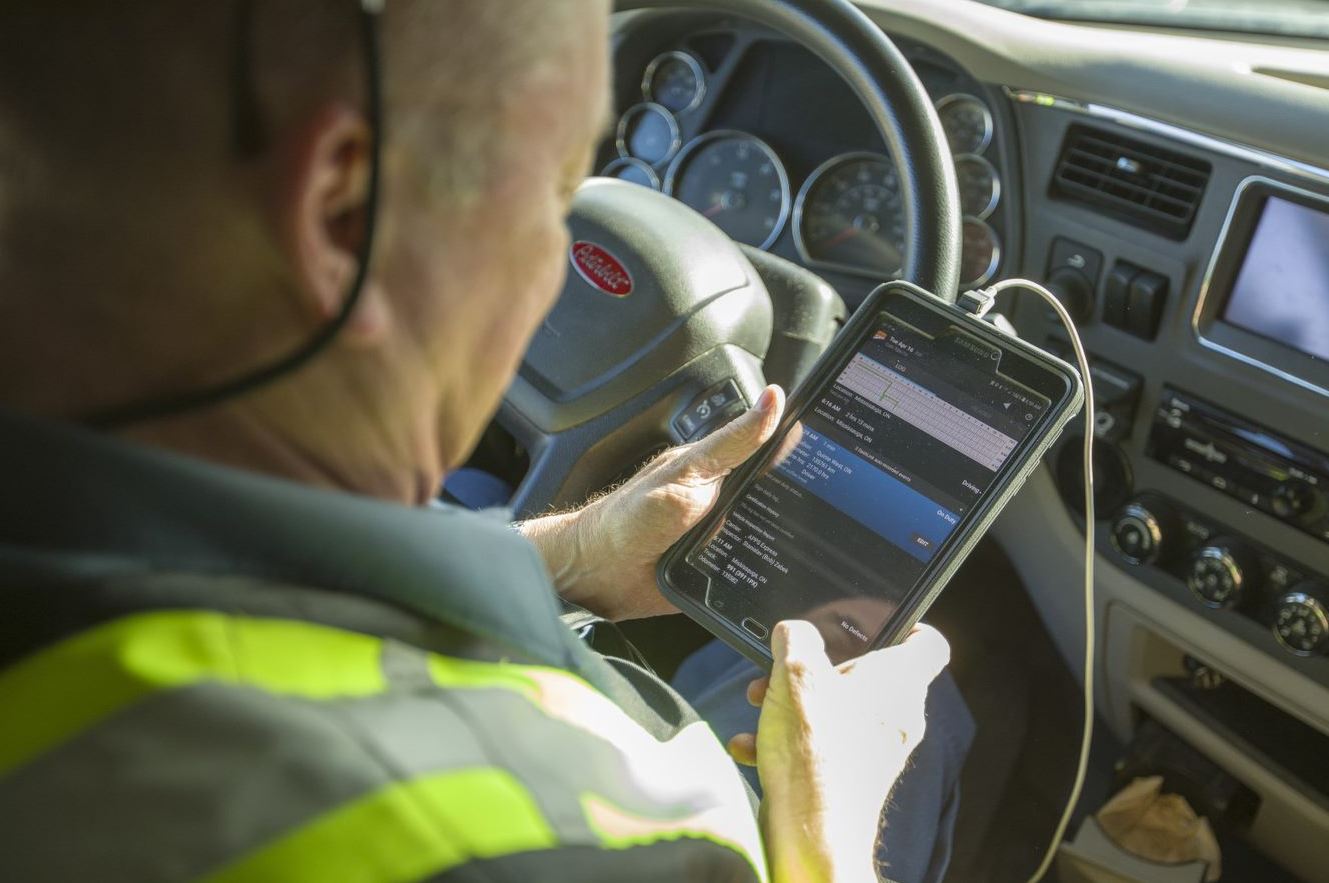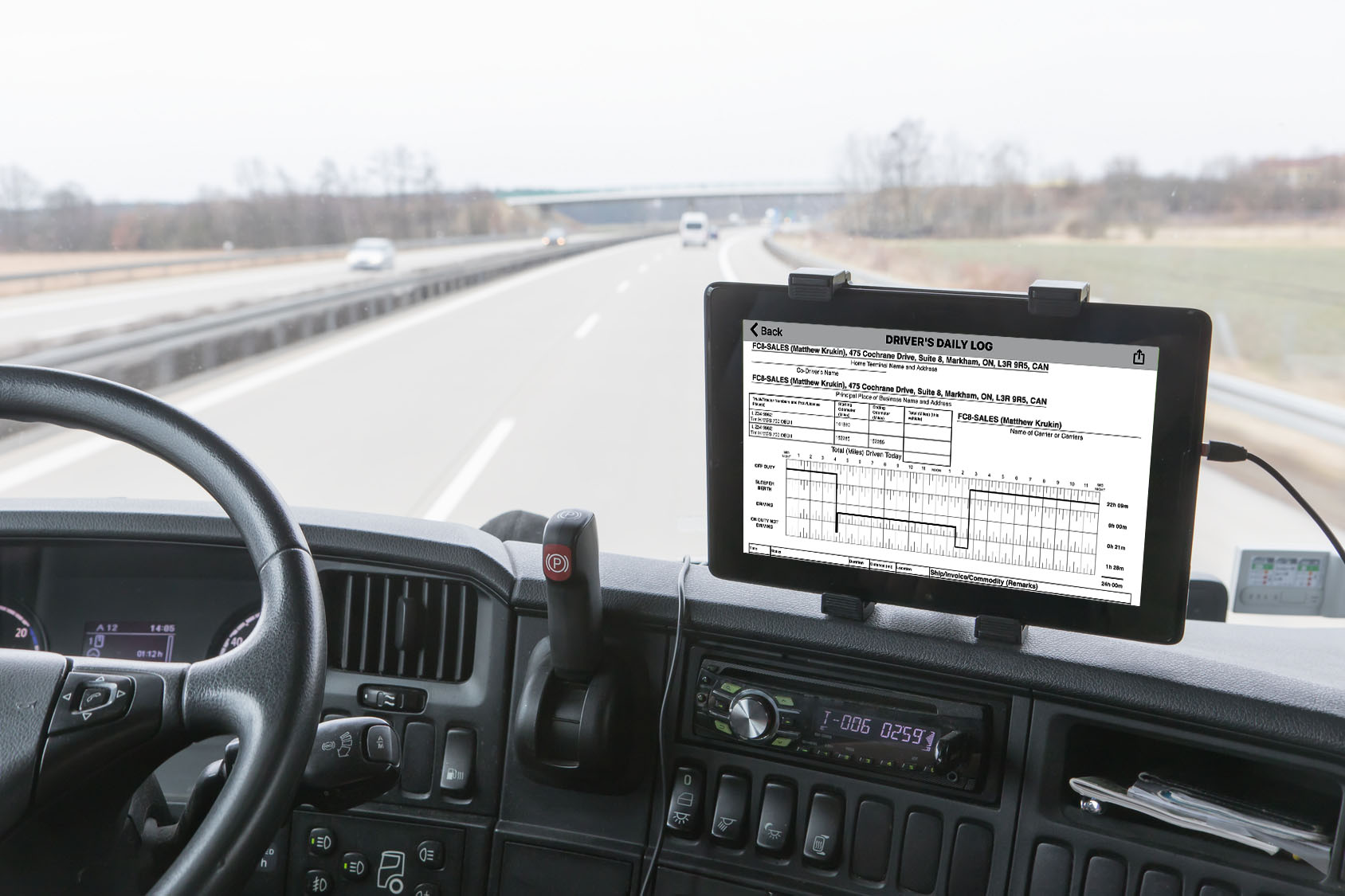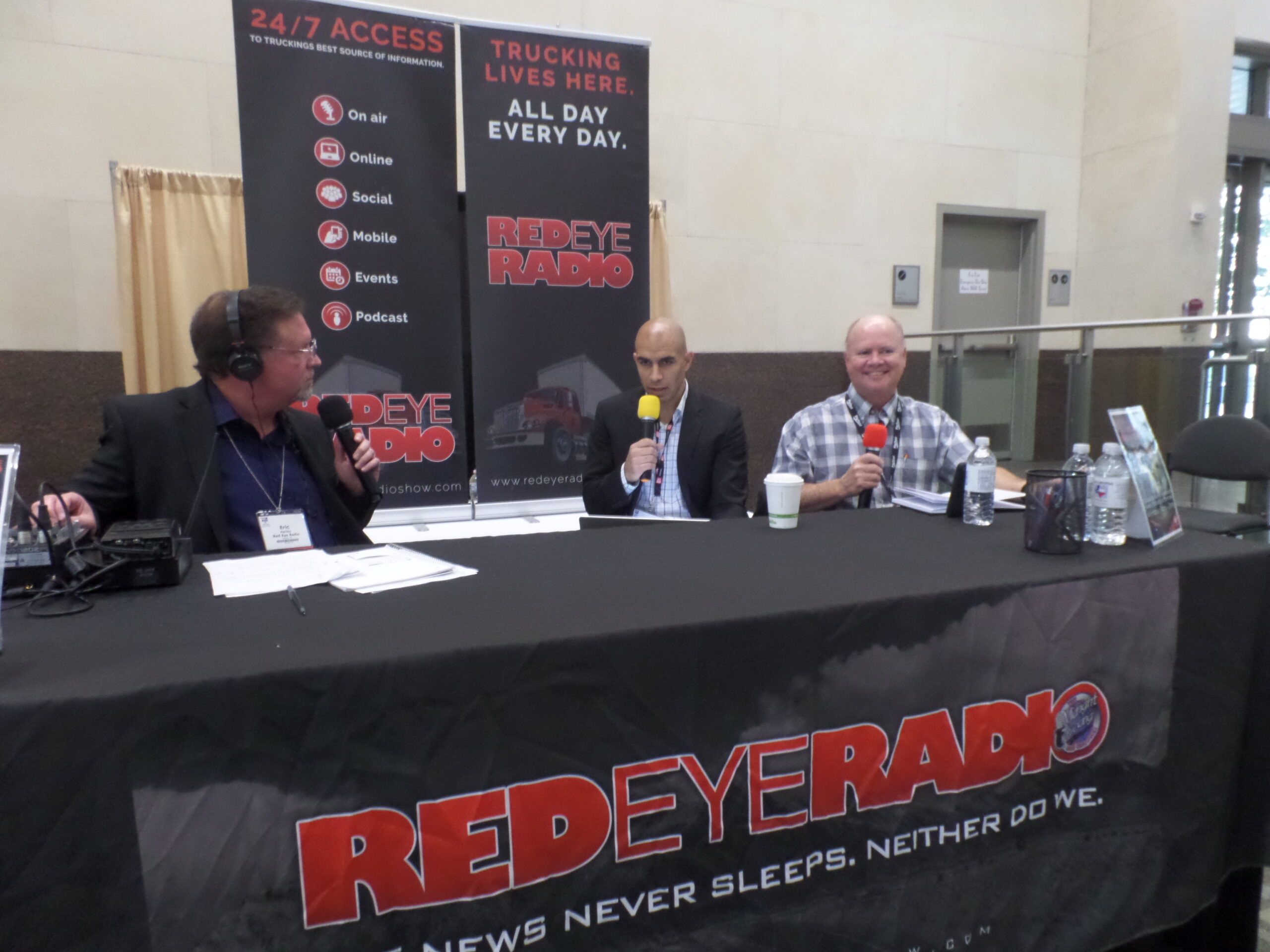Dear Marc,
My driver was cited for driving beyond 14-hour duty period, but looking at his logs, he has done nothing wrong. Can we dispute the violation?
(the name of the truck driver and the carrier have been removed to maintain their privacy).
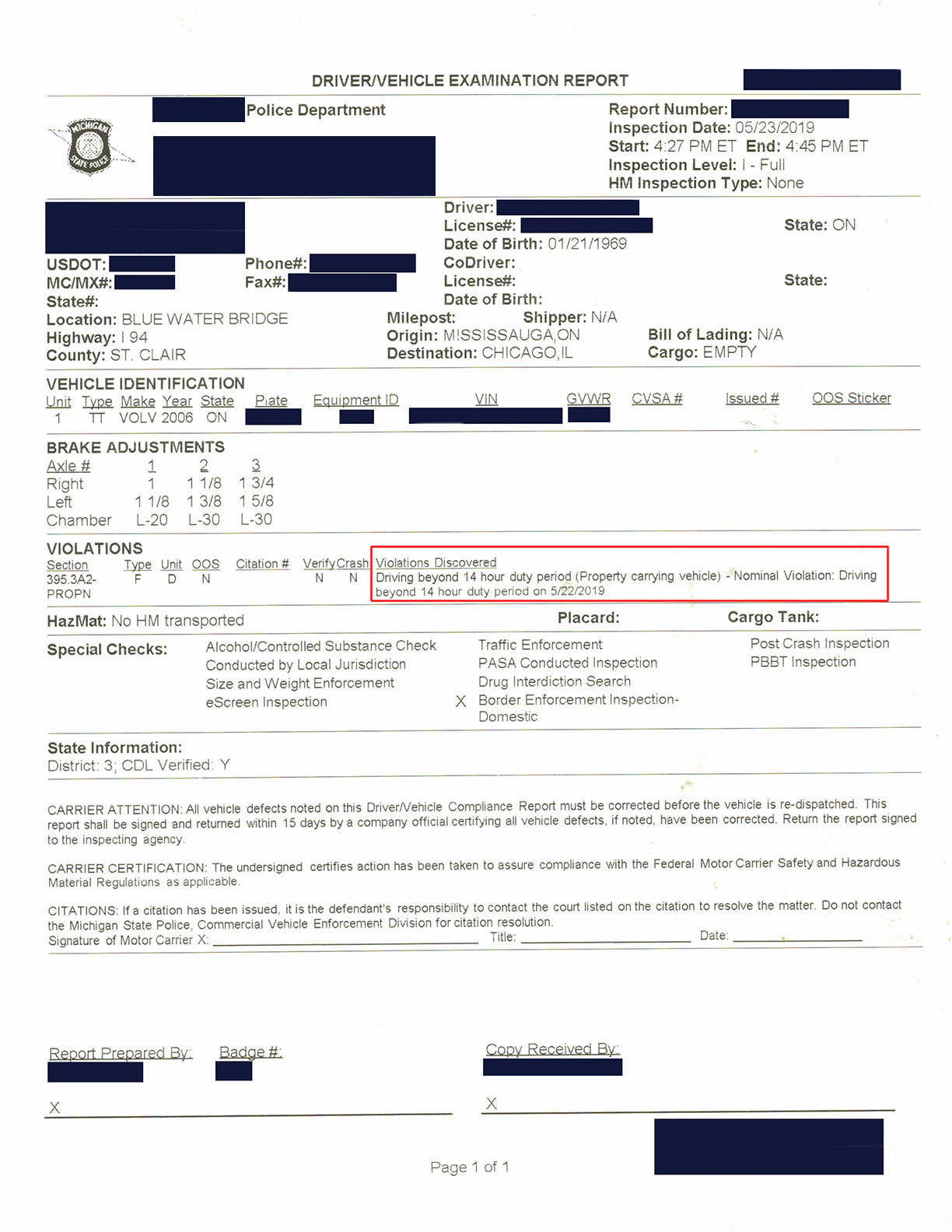
Dear Reader,
I have analyzed the hours of service logs for Mr. Smith, based on the Driver Vehicle Inspection Report that you surrendered to me from the the police department.
According to this Driver Vehicle Inspection Report, Mr. Smith allegedly drove beyond 14 hour duty period on the 22nd of May 2019.

In reviewing Mr. Smith’s hours of service logs I see that he was off duty consecutively from 8:02 p.m. in Mississauga, ON, Canada on the 17th of May 2019 through to May 21 2019 at 11:20 am. Therefore, Mr. Smith is starting a new reset of his HOS cycle.
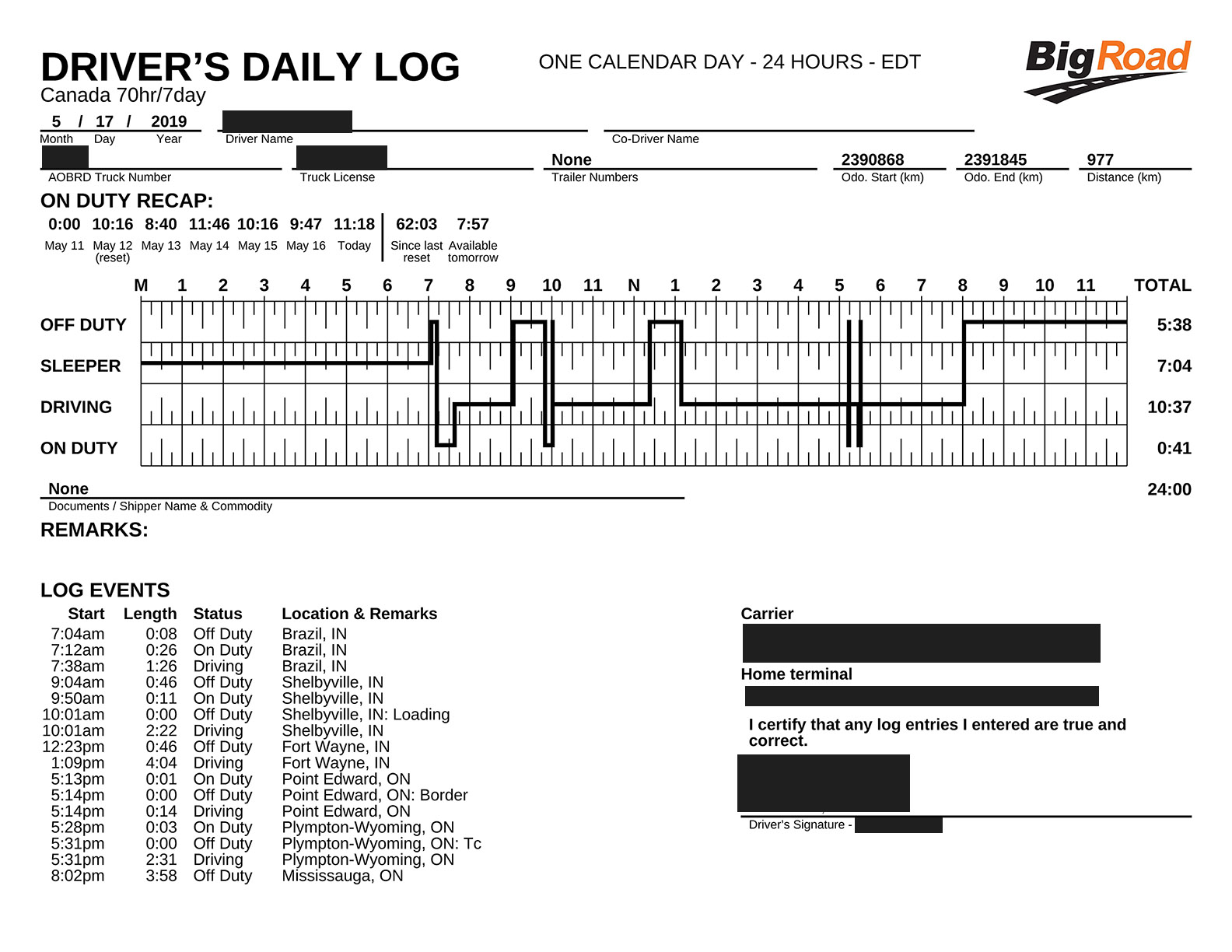
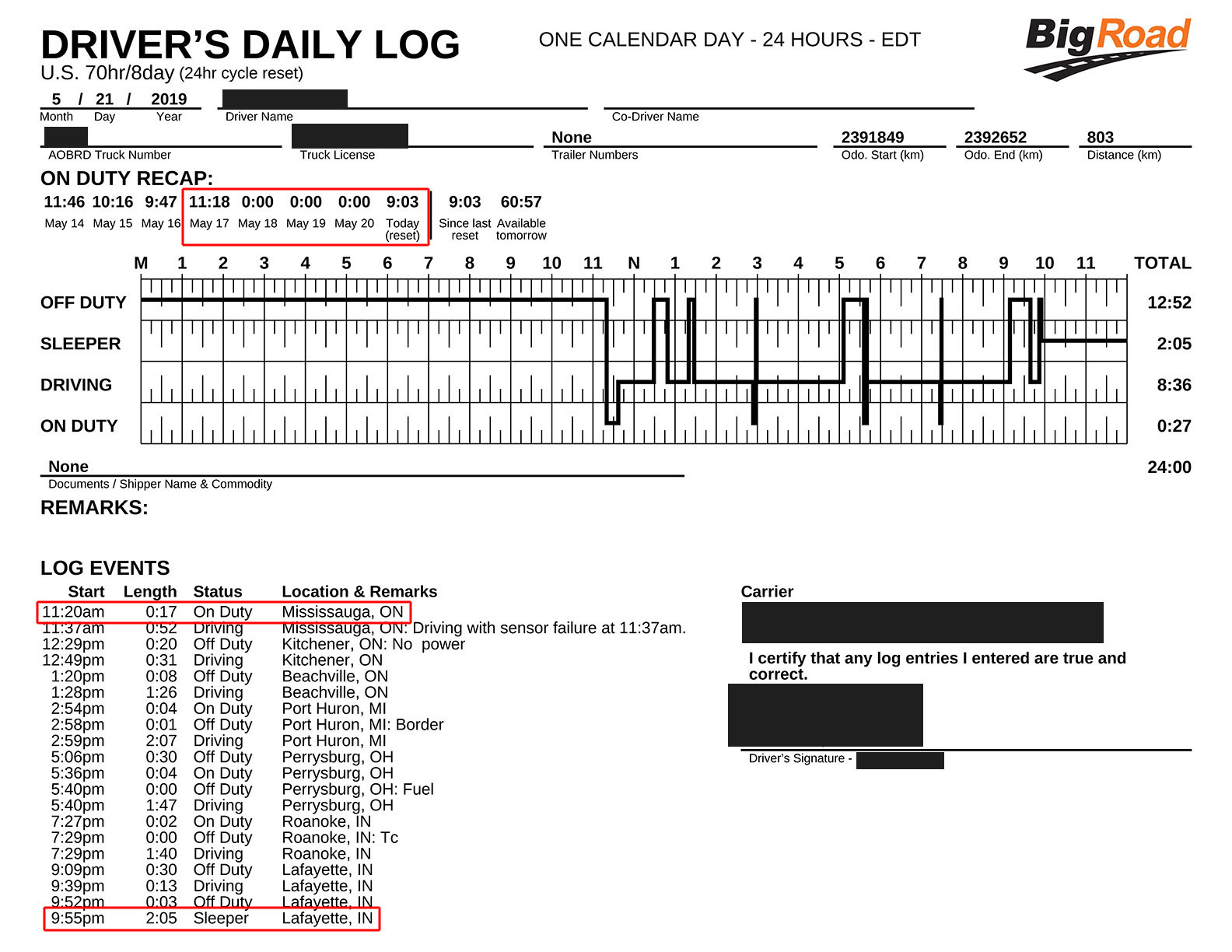
Mr. Smith goes on duty May 21 2019 at 11:20 am in Mississauga, Ontario until he stops in Lafayette, Indiana at 9:55 pm.
Mr. Smith then goes into the Sleeper Berth in Lafayette, Indiana at 9:55 pm on May 21 2019 until the following day, on May 22nd 2019 at 7:11 a.m. for a total of 9 hours and 16 minutes in the Sleeper Berth.
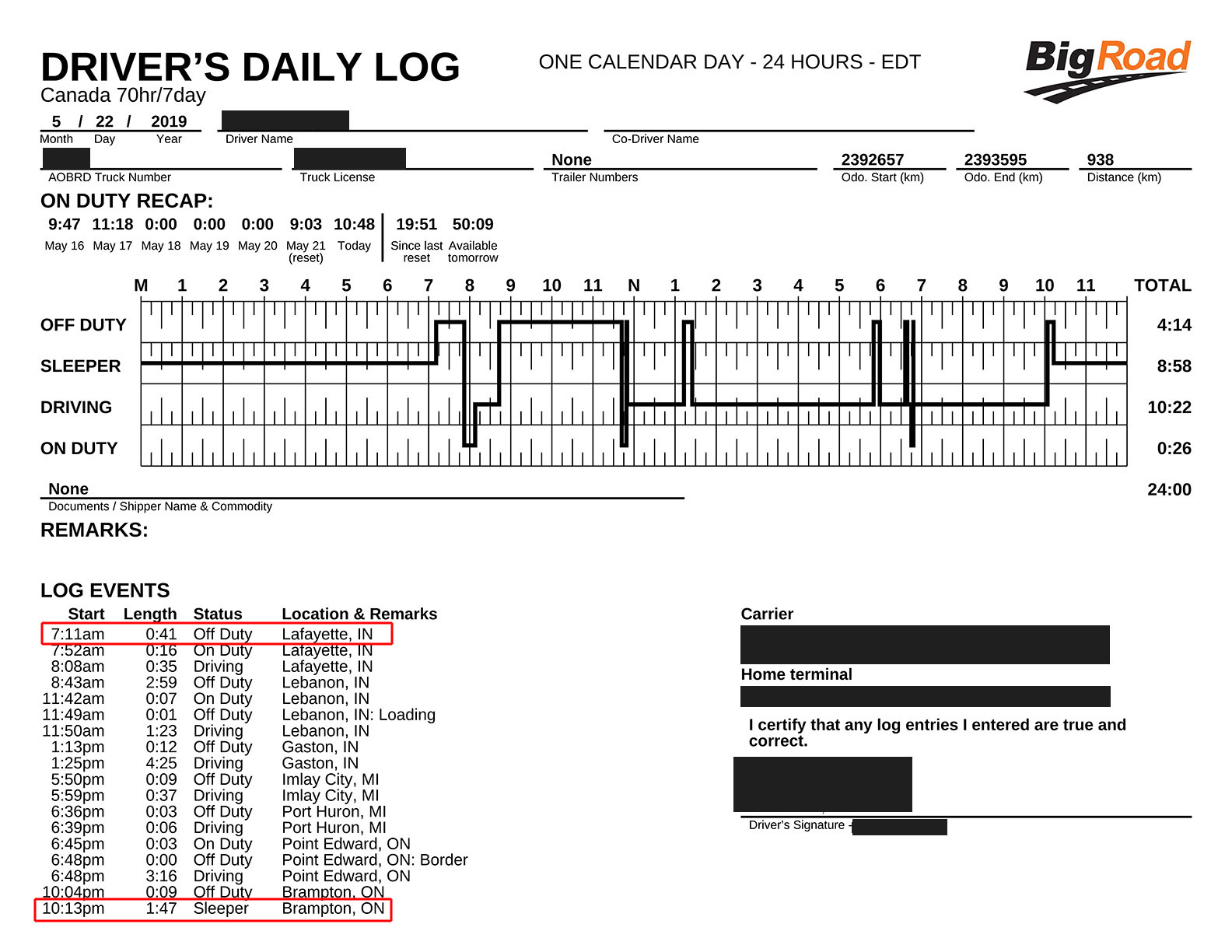
This satisfies the requirement of what is commonly referred to as the long break of 8 hours consecutive in a Sleeper Berth. Therefore, Mr. Smith is allowed to extend the 14-hour limit to use his maximum of 11 hours of driving, as any period in the sleeper berth of at least 8 consecutive hours does not count as part of the 14 hours.
What Mr. Smith has to do next is to comply with the Sleeper Berth requirements by taking a second, separate rest period of at least 2 consecutive hours long in order to satisfy the requirement of taking 10 hours off duty using a Sleeper Berth. This second rest period may be spent in the Sleeper Berth, off duty, or Sleeper Berth and off duty combined. It does count as part of the 14 hours, and it does not matter which rest period you take first.
Mr. Smith does take a second rest period in the Sleeper Berth on May 22nd starting at 10:13 pm until the following day on May 23rd at 8:51 a.m. for a total of 10h and 38 minutes. Not only has Mr. Smith satisfied the requirement of taking at least 2 consecutive hours off into Sleeper Berth, he has gone what beyond that off duty time.
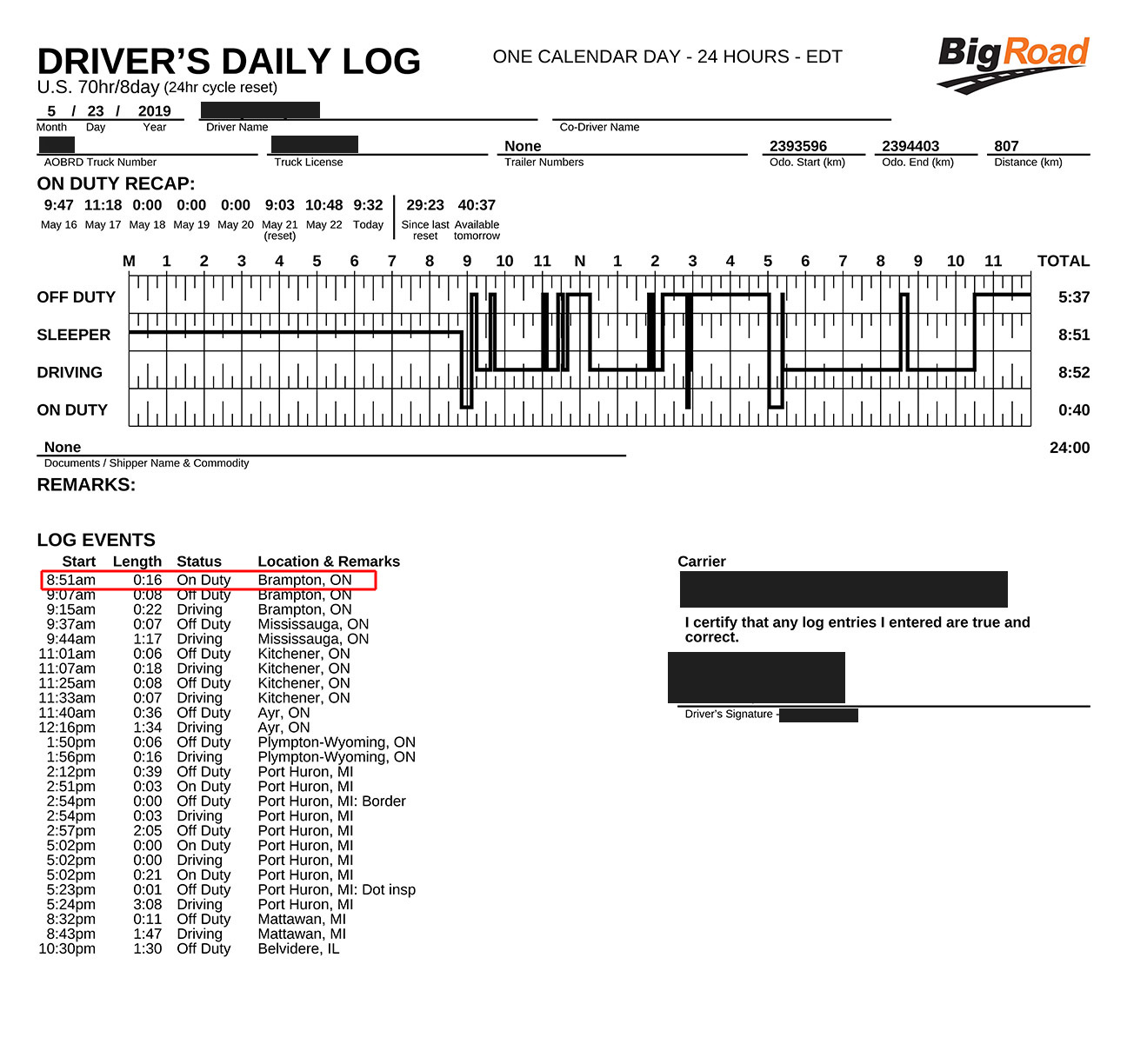
Finally, you have to look at the amount of on duty time starting at 7:52 a.m. in Lafayette, Indiana on May 22, 2019, which includes the amount of driving time starting at 7:52 a.m. in Lafayette, Indiana until Mr. Smith stops at 10:13 p.m. in Brampton, Ontario on May 22, 2019.
When looking at Mr. Smith’s hours of service log on May 22, 2019 from when he went on duty at 7:52 a.m. in Lafayette, Indiana is a total of 10 hours and 22 minutes of driving and 26 minutes of on duty time. When combining these two duty statuses, you get a total of 10 hours and 48 minutes of on duty time, which is well below the maximum 14 hours on duty time. Therefore, Mr. Smith has not violated “Driving after 14-hour on-duty rule” based on my analysis of Mr. Smith HOS logs on May 22, 2019.
In reviewing the Driver Vehicle Inspection Report, I noted that Mr. Smith was not placed out-of-service (OOS), and was not given a citation or a monetary fine (Citation #). Nonetheless, I recommend that his employer, ABC Trucking Inc, submit a DATAQ challenge of this violation by copying and pasting my analysis to justify this violation being removed from their FMCSA’s SMS profile.







